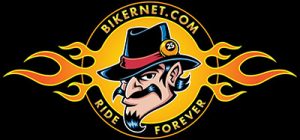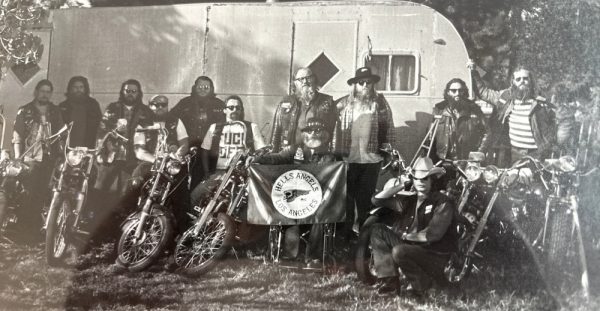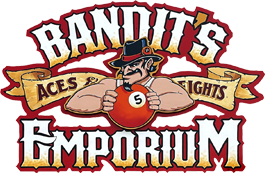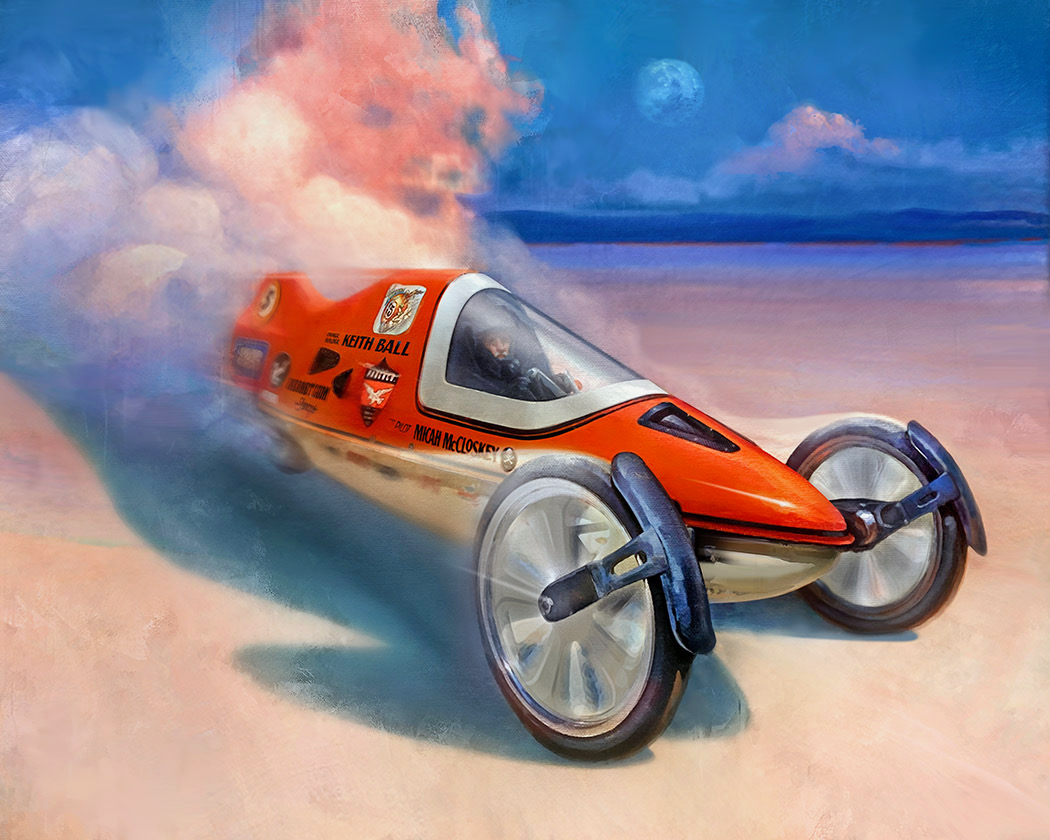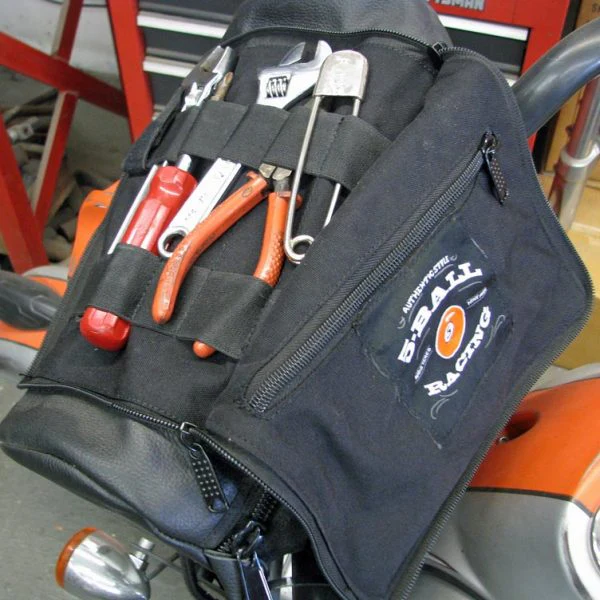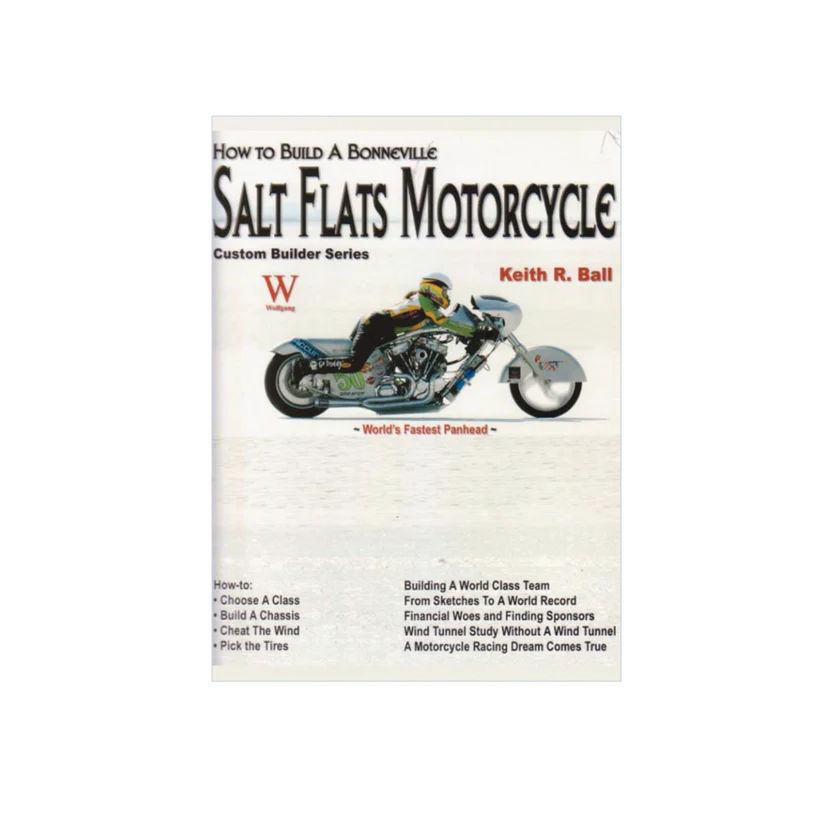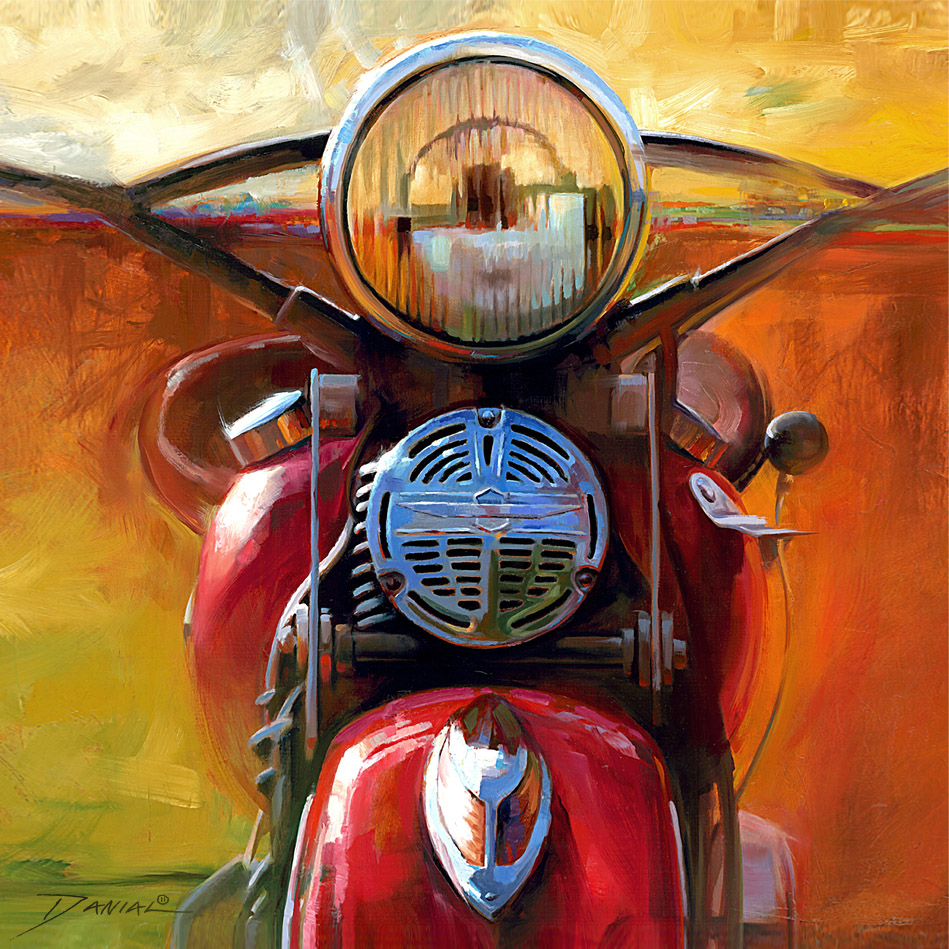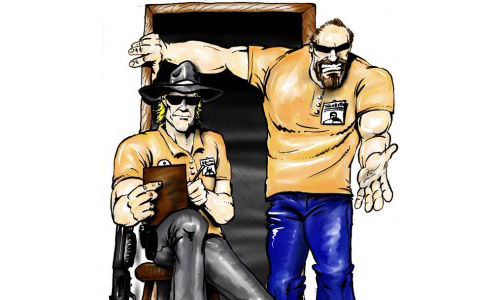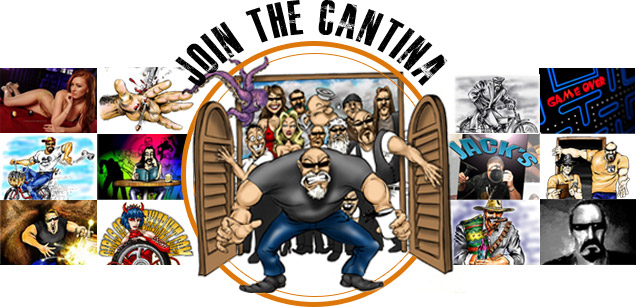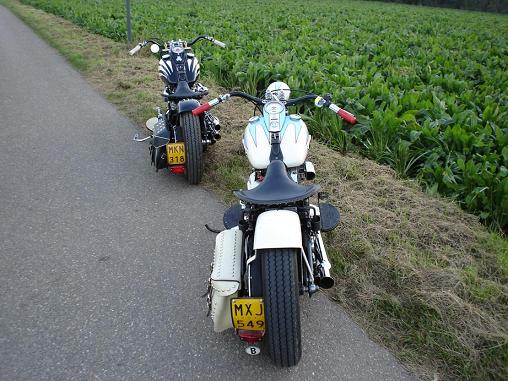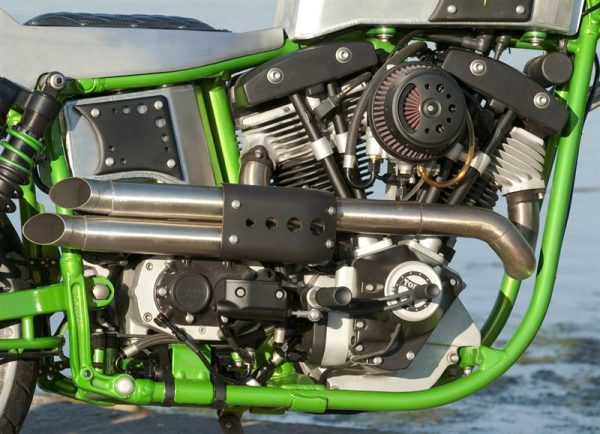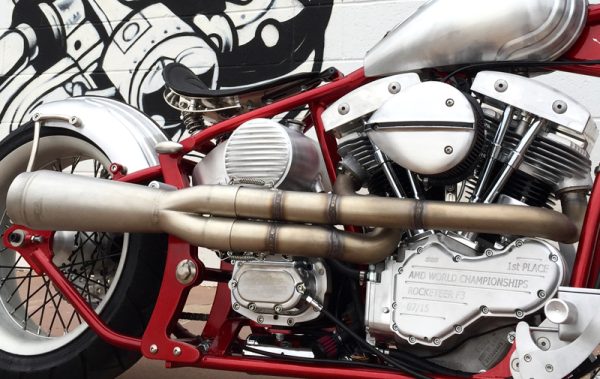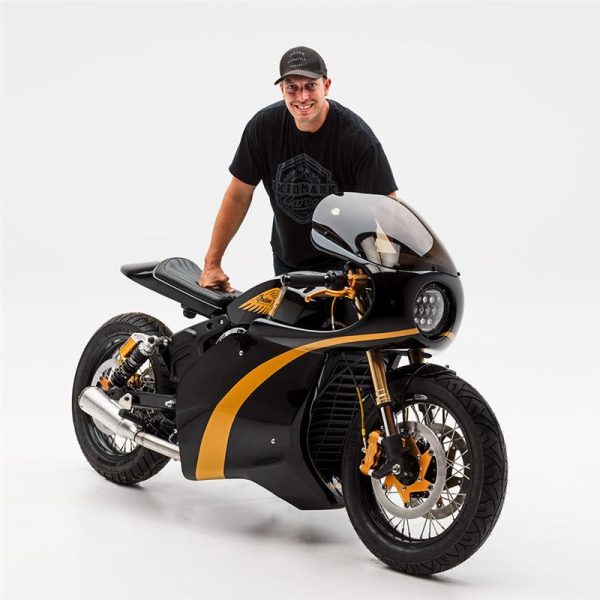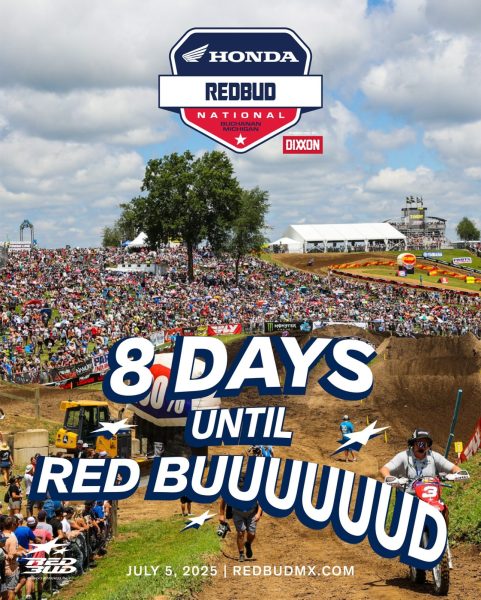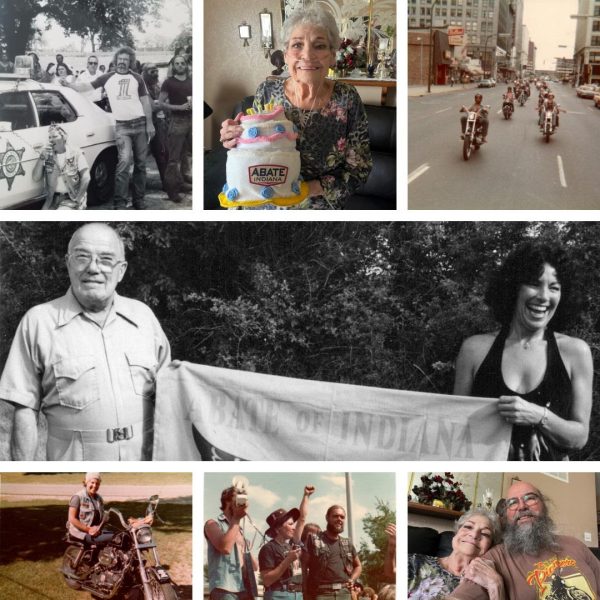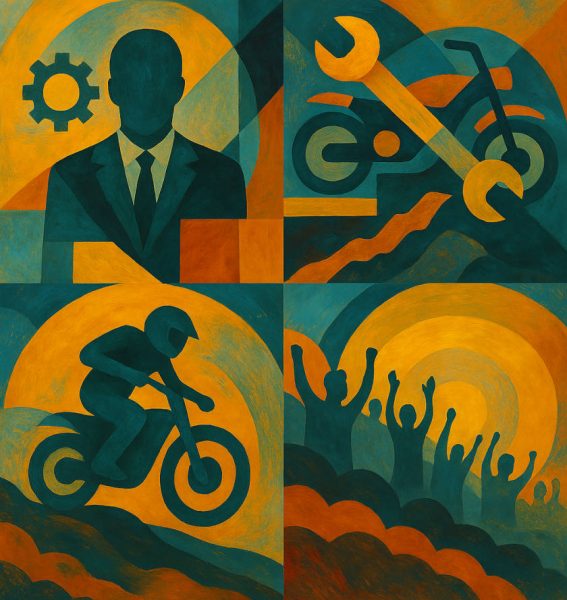Latest Articles
THE MASSIVE BIKERNET WEEKLY NEWS for July 3rd, 2025
Hey, Suddenly there’s a ton of action happening in Sturgis for the 85th. This was ...
WIN BY HARLEY-DAVIDSON RACERS JAKE LEWIS & CORY WEST
HARLEY-DAVIDSON® PAN AMERICA® ST RACERS JAKE LEWIS AND CORY WEST WIN IN MISSION SUPER HOOLIGAN ...
1939 Harley-Davidson Knucklehead is headed to someone’s garage
ONLY TWO DAYS LEFT CLICK TO WIN https://store.wheelsthroughtime.com/win-this-bike The 2025 WTT Raffle Grand Prize is ...
CLUB FIGHTS 1976
I just watched the George Clooney and Evan McGregor film, “Men who Stare at Goats.” ...
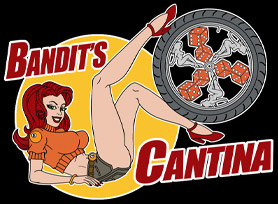
New in the Cantina
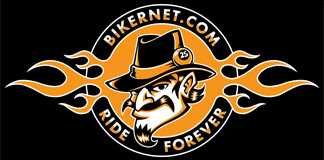
Weekly News
THE CHOP, CHOP BIKERNET WEEKLY NEWS for April 14th, 2022
Hey,We are living in strange times to say the least. I had a discussion with ...
BIG QUESTION BIKERNET WEEKLY NEWS for April 7th, 2022
Hey,Is life nuts or what? We have a war in Europe. The UN is at ...
BIKERNET SUPPORTS UKRAINE WEEKLY NEWS for March 31st, 2022
Hey,I watched “Ukraine on Fire” last night, a documentary recommended by Sean Penn. For 92 ...
SPRING BREAK BIKERNET WEEKLY NEWS for March 24th, 2022
Hey,Another interesting day in Paradise.They finally found the time and the weather to pour the ...
Tech Articles
First Bikernet Seat Competition
Our Panel of Celebrity Judges.Okay, this is completely nuts. We've covered various seat installs, creations, ...
Little John’s Desk (Continued 2)
Kenny opened the door to his warehouse, pointed to a dented and rusting bin and ...
The Vibranator Handlebar Mounted Vibration Damping Device
I can’t tell you how happy I was when engineers at Harley-Davidson devised a counter-balancing ...
PAINT REPAIR ON A CUSTOM
OK, SO IT WAS FRIDAY NIGHT AND WE WERE OUT AT OUR FAVORITE WATERING HOLE. ...
Bike Features
Danny Franssen, The Conder, and Humble Collaborate on Softail Bobber Design
A picture of a Danny Franssen designed Bobber built on an Evolution Softail. I must ...
Bikernet Features Todd’s Monster Shovelhead
Todd Silicato is just that kind of guy. He worked for PM for years, but ...
Limited Edition Rocketeer Heading To Dubai
It’s a cold winter day in the heart of Oklahoma City, the largest city in ...
INDIAN MOTORCYCLE UNVEILS FINAL BUILDS
STURGIS, SD (August 6, 2018) –Indian Motorcycle unveiled its final three custom builds from The ...
Event Features
WIN BY HARLEY-DAVIDSON RACERS JAKE LEWIS & CORY WEST
HARLEY-DAVIDSON® PAN AMERICA® ST RACERS JAKE LEWIS AND CORY WEST WIN IN MISSION SUPER HOOLIGAN ...
Roads to Redbud 2025
Hey all - anyone venturing to Buchanan Michigan on the 5th of July, for the ...
Happy Birthday ABATE Of Indiana
In the mid-seventies, the motorcycle rights movement really started in earnest. This is why many ...
AMA Motorcycle Hall of Fame Announces Class of 2025
Six distinguished motorcyclists to be inducted on Oct. 23 during the AMA Hall of Fame ...
